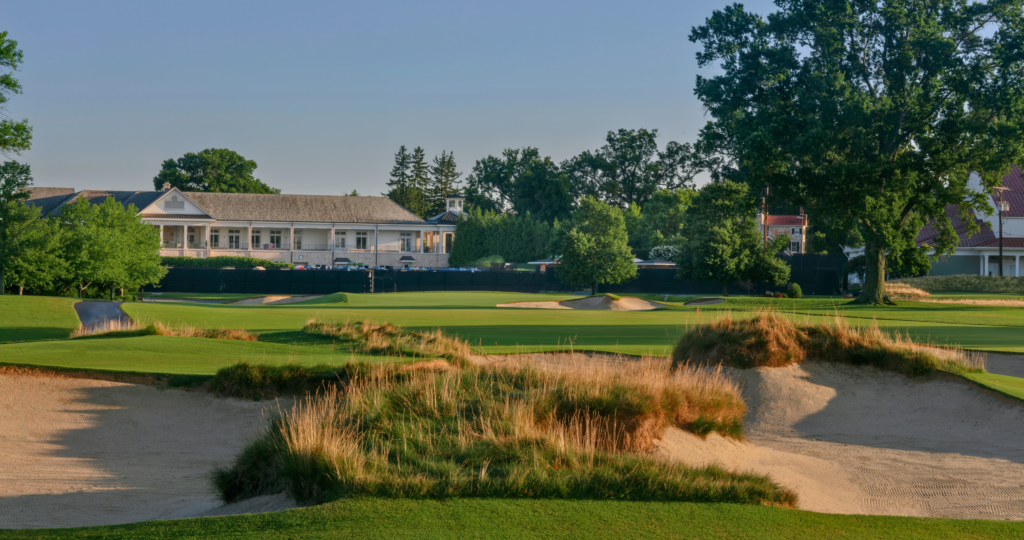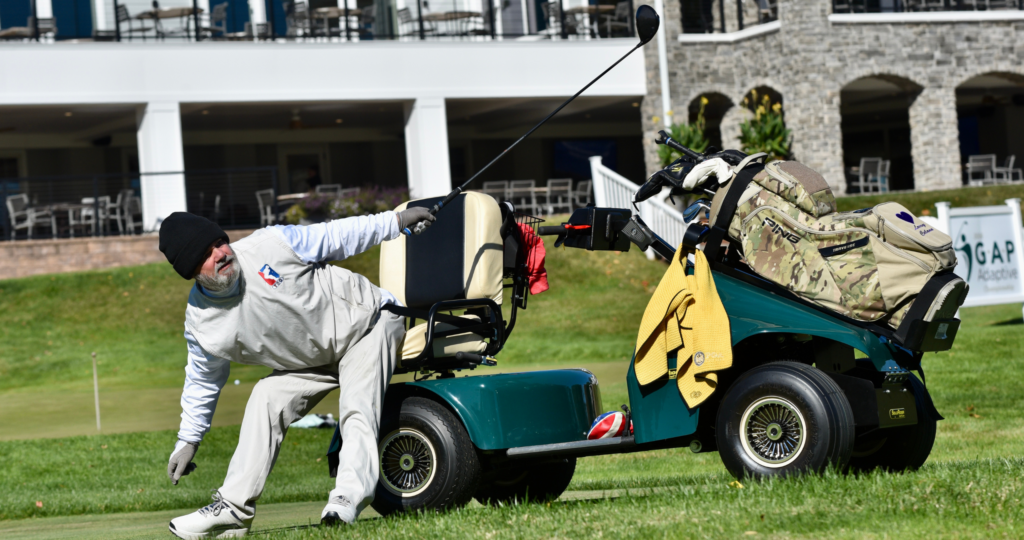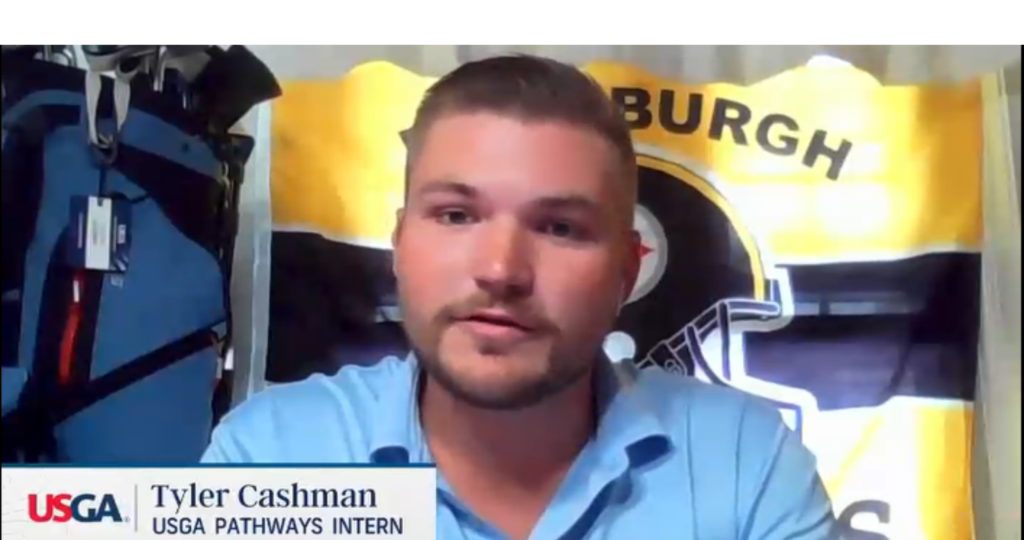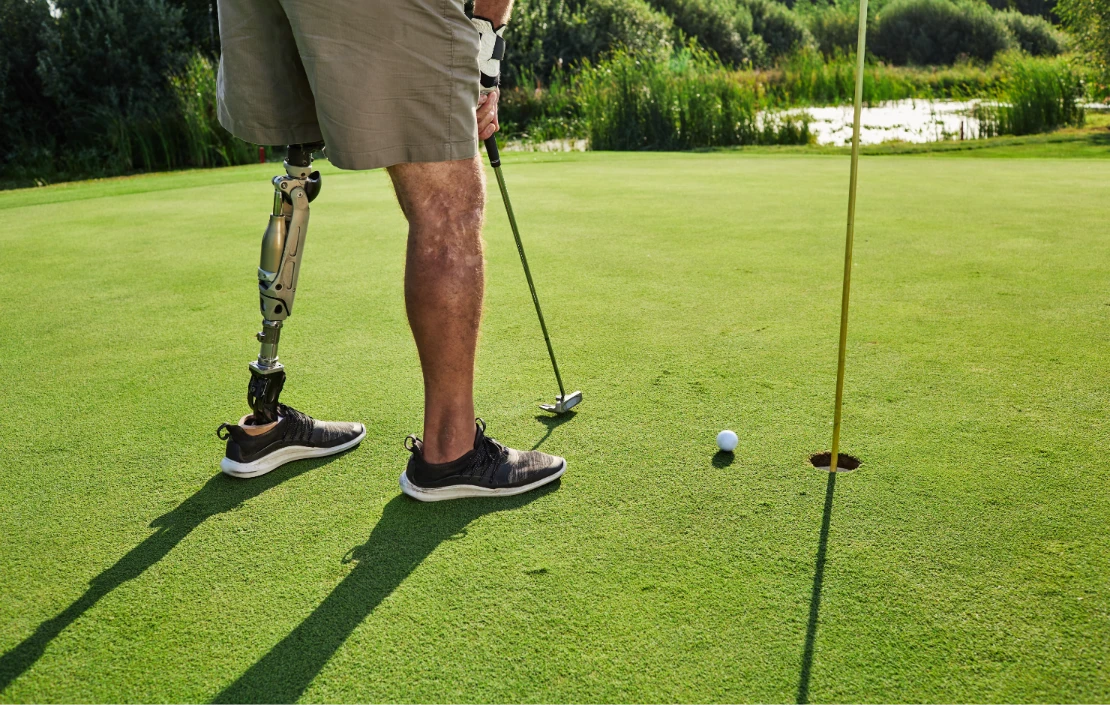Who can play?
The answer is everyone. Let’s outline the different classifications of adaptive golf.
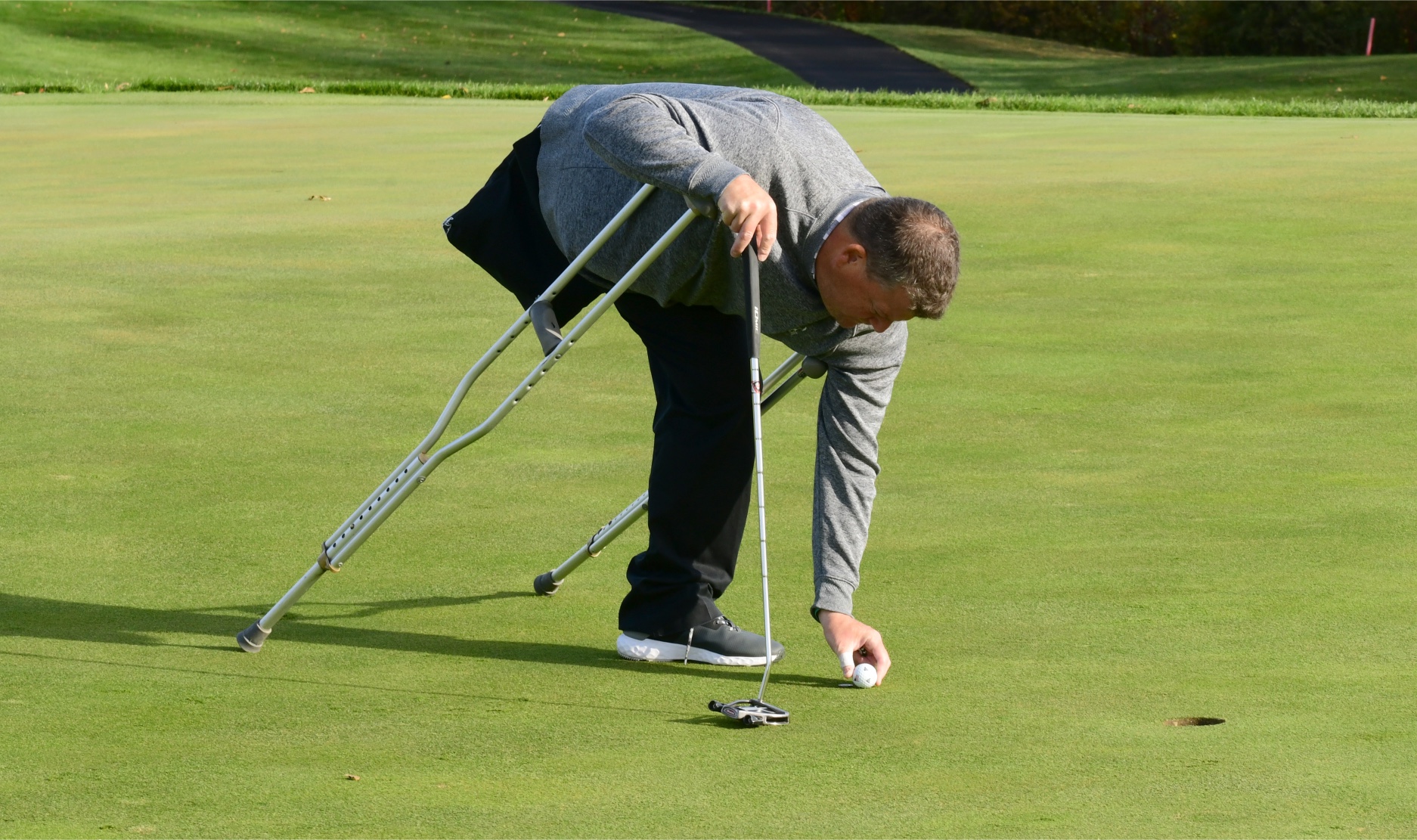
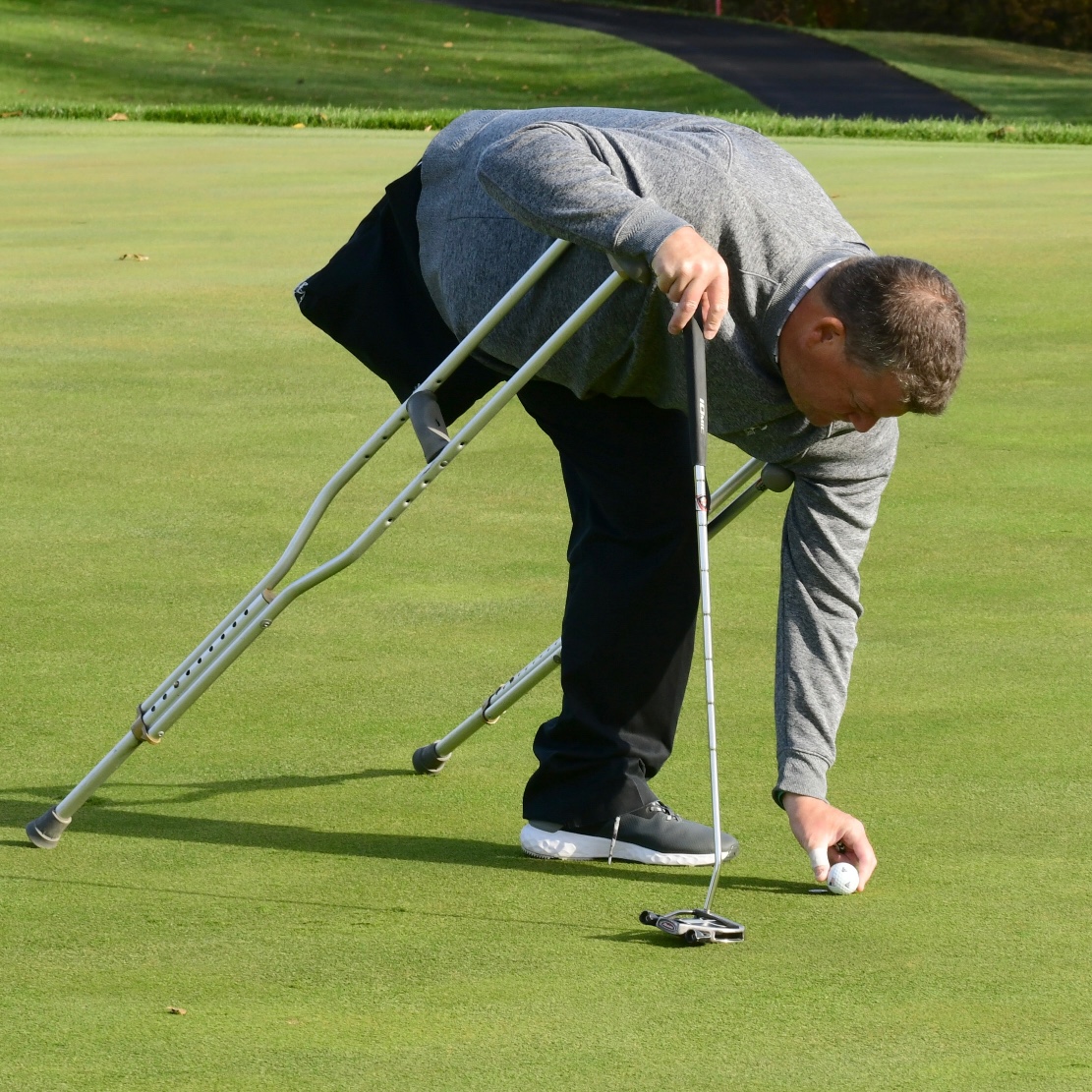
The International Paralympic Classifications (IPC) determine athletes’ eligibility and groupings in sports, influencing adaptive golf classification. While not a Paralympic sport yet, adaptive golf aligns with IPC guidelines to minimize impairment impact on performance. This ensures fair competition, emphasizing overall performance. The United States Golf Association (USGA) adopts eight IPC classifications. The United States Adaptive Golf Alliance (USAGA) extends this to fifteen, breaking down USGA’s eight. Tournaments may use either system or both. See below for the classifications.
USGA Eligible Impairments
As defined by the International Paralympic Committee
Impaired Muscle Power
Athletes with impaired muscle power have a health condition that either reduces or eliminates their ability to voluntarily contract their muscles in order to move or to generate force
Ex. spinal cord injury, muscular dystrophy, post-polio syndrome, and spina bifida
Impaired Passive Range of Movement
Athletes with impaired passive range of movement have a restriction or a lack of passive movement in one or more joints
Ex. arthrogryposis, and contracture resulting from chronic joint immobilization or trauma affecting a joint
Limb Deficiency
Athletes with limb deficiency have total or partial absence of bones or joints as a consequence of trauma, illness or congenital limb deficiency
Leg Length Difference
Athletes with leg length difference have a difference in the length of their legs as a result of a disturbance of limb growth or as a result of trauma
Short Stature
Athletes with short stature have a reduced length in the bones of their upper limbs, lower limbs, and/or trunk
Ex. achondroplasia, growth hormone dysfunction, and osteogenesis imperfecta
Hypertonia
Athletes with hypertonia have an increase in muscle tension and a reduced ability of a muscle to stretch caused by damage to the central nervous system
Ex. cerebral palsy, traumatic brain injury, and stroke
Ataxia
Athletes with ataxia have uncoordinated movements caused by damage to the central nervous system
Ex. cerebral palsy, traumatic brain injury, stroke, and multiple sclerosis
Athetosis
Athletes with athetosis have continual slow involuntary movements
Ex. cerebral palsy, traumatic brain injury, and stroke
Vision Impairment
Athletes with vision impairment have reduced or no vision caused by damage to the eye structure, optical nerves, optical pathways, or visual cortex of the brain
Ex. retinitis pigmentosa and diabetic retinopathy
Intellectual Impairment
Athletes with an intellectual impairment have a restriction in intellectual functioning and adaptive behavior which affects conceptual, social, and practical adaptive skills required for everyday life. Must present before age of 18


USAGA Sports Classification
As defined by the United States Adaptive Golf Alliance
Lower Limb Impairments
G1: impairment affecting one leg
G2: impairments in lower parts of one leg, but less impact than G1
G3: impairments in both legs
Arm Impairments
G4: impairments w/ one arm and either1. Do not use adaptive aid
2. Do not intentionally use impaired arm while swinging the
golf clubG5: impairments in one arm and either1. Use adaptive aid
2. Use impaired arm while swinging the golf clubG6: impairments in both arms
Combined Arm and Leg Impairments
G7: impairment in arms and legs
Mild coordination problems
Amputations of arm and leg
G8: neurological conditions and coordination impairments
Seated Golfers
G9: impairment that limits their leg and trunk function
G10: near to normal trunk control
Visual Impairments
G11: no light perception or light perception that is not functional
G12: visual acuity of 20/600
G13: visual acuity above 20/600 up to less than 20/200
Short in Stature
G14: athletes with short stature
Intellectual
G15: special olympians, intellectual impairment
